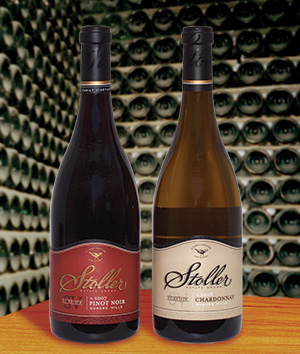 On the Trail to Oregon
On the Trail to Oregon
Dayton, Oregon, in the Dundee Hills AVA and 25 miles southwest of Portland, is home to Stoller Vineyards. Oregon started to become generally known for their wines, particularly Pinot Noir, only about 30 years ago. Stoller is even newer, bringing in their first wine in 2001.
In 1993, Bill Stoller purchased from a cousin the turkey farm where he had been raised as a boy. He knew that the rocky terrain, low-yield soils, and steep hillsides of the property that made general agriculture a difficult and frustrating endeavor would be perfectly suited to grape vines.
He started with 10 acres each of Chardonnay and Pinot Noir, which have now expanded to over 225 acres under cultivation. (Stoller was not a winemaking novice, however. He was already a partner in Chehalem Winery in nearby Newberg, Oregon.)
In addition to Pinot Noir and Chardonnay, the vineyards are home to Pinot Gris, Riesling, Tempranillo, Syrah, and Pinot Blanc.
Stoller is committed to sustainable farming practices, employing such innovations as a water reservoir that collects runoff from the winter rains, a solar-powered weather station, and a spring-fed irrigation system that minimizes drip. Stoller is currently working with Oregon State University to study the effects of different cover crop regimes on soil health, vine vigor, and wine quality.
Stoller Vineyards Estate Chardonnay 2008
This all-Chardonnay wine offers an excellent balance of bright fruit and acidity. It was barrel fermented and aged in French oak, but since only 30% was new, the wood is present but not dominant. The finishing 100% malolactic fermentation imparted softness and smoothness.
On the nose, aromas of almonds, lemon zest, and brioche are evident. The dry, silky palate features citrus (especially lemon), minerals, and spice.
Serve this Chardonnay with Grilled Lemon Chicken, Crispy Salmon with Spiced Lentils, or Swordfish with Mango and Avocado Salsa.
Stoller Vineyards Estate Pinot Noir 2007
This Stoller Pinot Noir was sourced from their oldest vineyard plantings, at the end of a cool growing season. The wine spent 10 months aging in 60% new / 40% neutral oak.
The wine presents aromas of oak, spice, and vanilla. The taste is well-balanced, with good acidity, medium tannins, and flavors of tart plum, wild strawberry, and raspberry.
This Pinot Noir will go well with Baked Tuna with Tomatoes, Capers and Black Olives, Coq au Vin with Autumn Vegetables (try making the chicken with white wine, though), and Lamb Chops with Prune Chutney.
Top of page: https://winervana.com/blog/

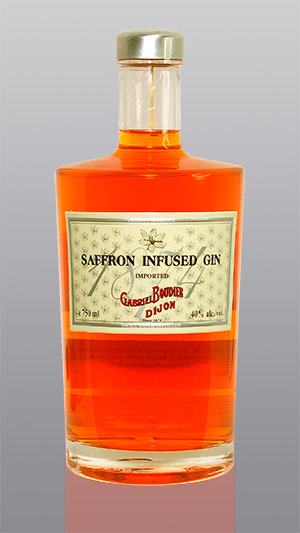 In 1909, Gabriel Boudier took over the house of Fontbonne, founded in 1874, and renamed it after himself. He established the business at Boulevard de Strasbourg in Dijon, France, where it continued to thrive until his death in 1918.
In 1909, Gabriel Boudier took over the house of Fontbonne, founded in 1874, and renamed it after himself. He established the business at Boulevard de Strasbourg in Dijon, France, where it continued to thrive until his death in 1918.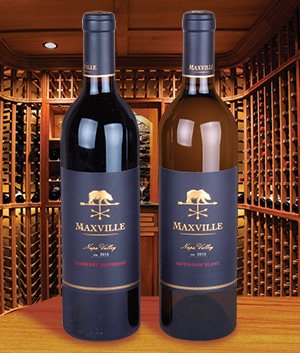 Mad Max(ville)
Mad Max(ville)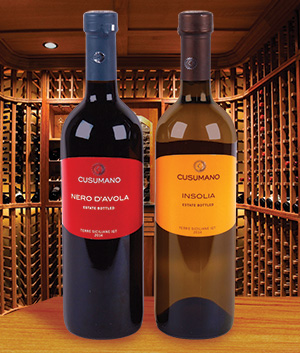 Leave the Gun.
Leave the Gun.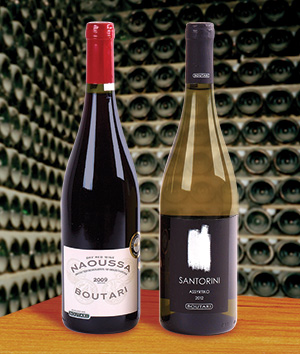 It’s Greek to Me
It’s Greek to Me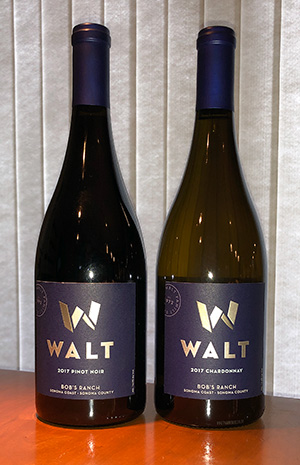 WALT Wines, owned by Kathryn Hall and Craig Hall, is dedicated to the production of Pinot Noir and Chardonnay from the Pacific Coast, spanning nearly 1000 miles and including Sta. Rita Hills, Sonoma County, Anderson Valley, Napa Valley, and the Willamette Valley. They strive to source top fruit from the most distinctive vineyards; practice precise, non-interventionist winemaking; and focus on limited production. The goal is to allow the wines to naturally and honestly express the character of the sites where the wines are grown.
WALT Wines, owned by Kathryn Hall and Craig Hall, is dedicated to the production of Pinot Noir and Chardonnay from the Pacific Coast, spanning nearly 1000 miles and including Sta. Rita Hills, Sonoma County, Anderson Valley, Napa Valley, and the Willamette Valley. They strive to source top fruit from the most distinctive vineyards; practice precise, non-interventionist winemaking; and focus on limited production. The goal is to allow the wines to naturally and honestly express the character of the sites where the wines are grown.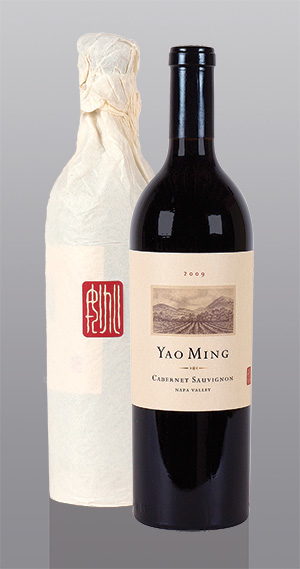
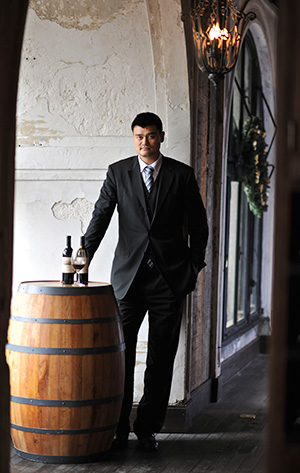
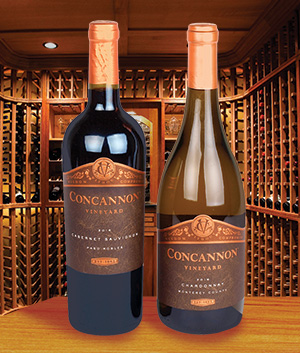 Irish Eyes Are Smiling
Irish Eyes Are Smiling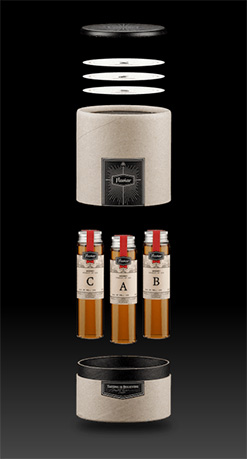 By Spirits Contributor Neal Kotlarek
By Spirits Contributor Neal Kotlarek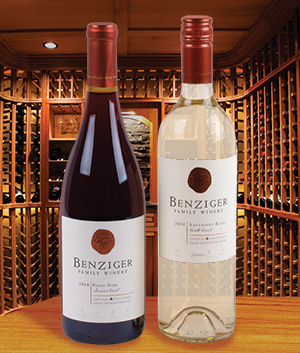 Beyond the Pale
Beyond the Pale The eponymous
The eponymous 
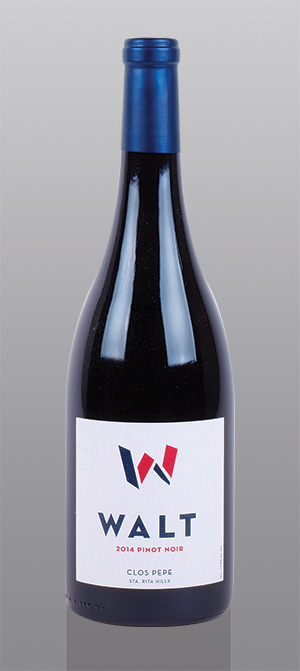 WALT Clos Pepe Pinot Noir 2014
WALT Clos Pepe Pinot Noir 2014 Grace Notes
Grace Notes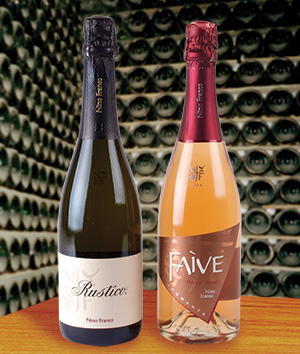 Tiny bubbles, in the wine
Tiny bubbles, in the wine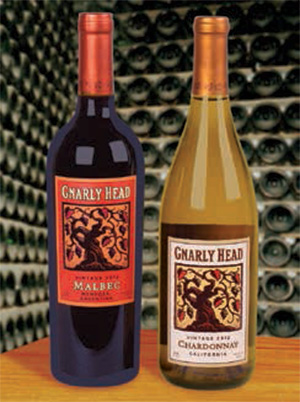 That’s Like, Gnarly, Dude
That’s Like, Gnarly, Dude